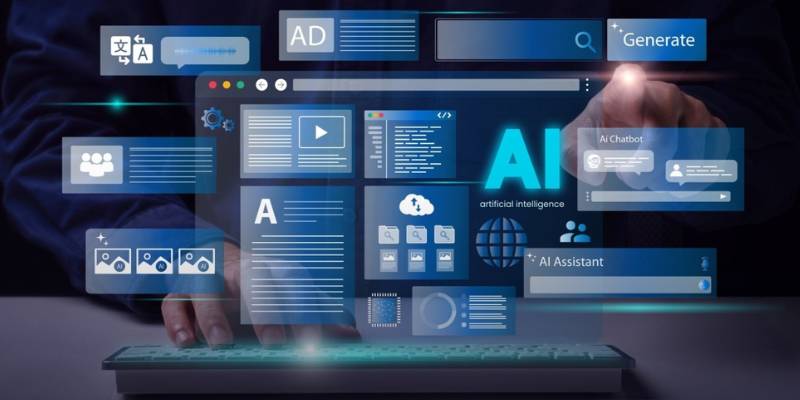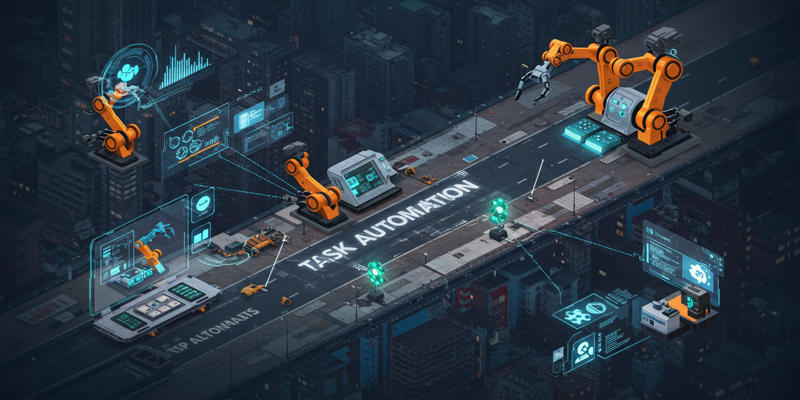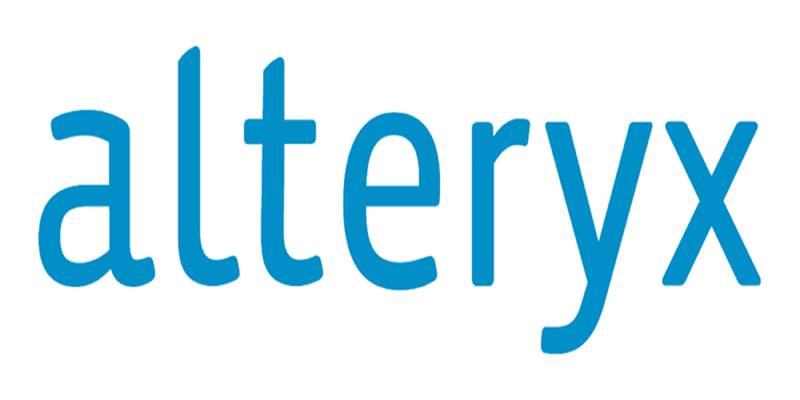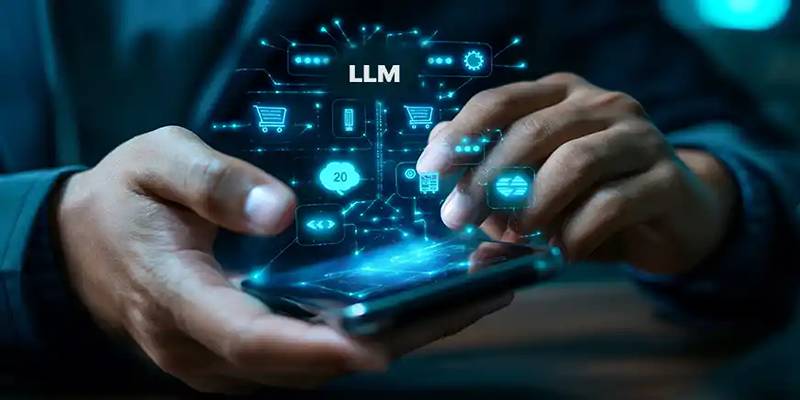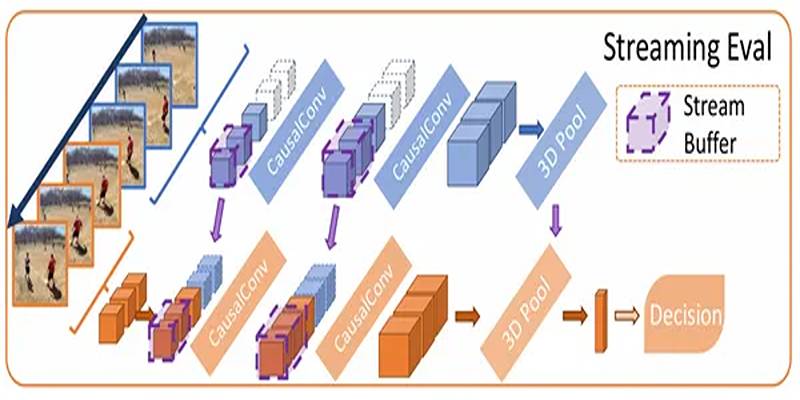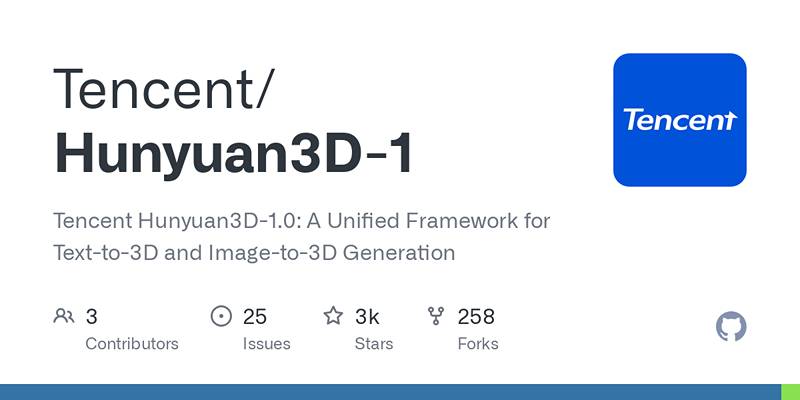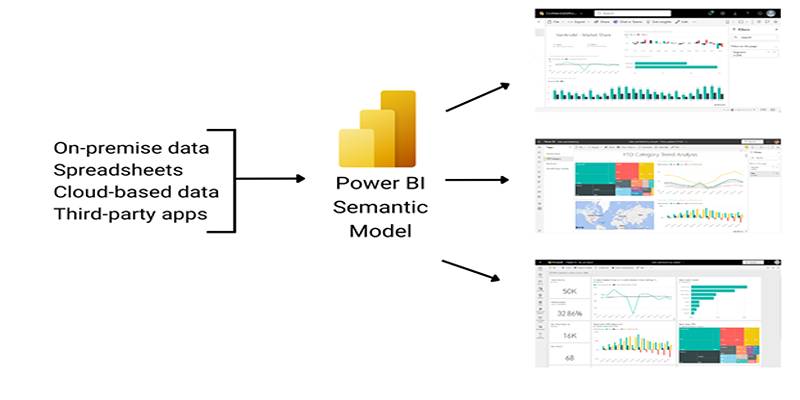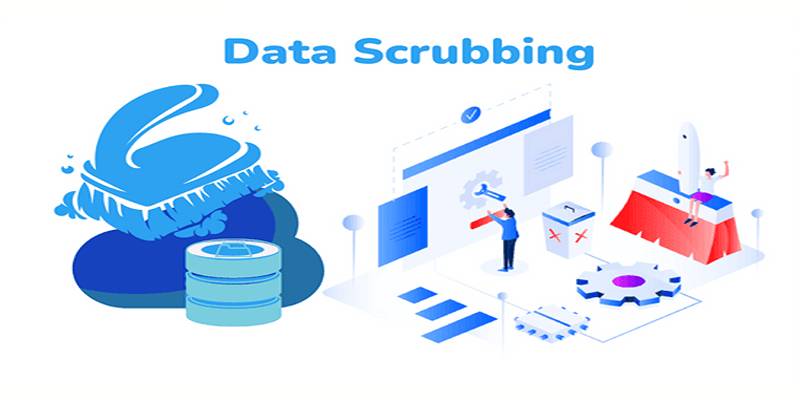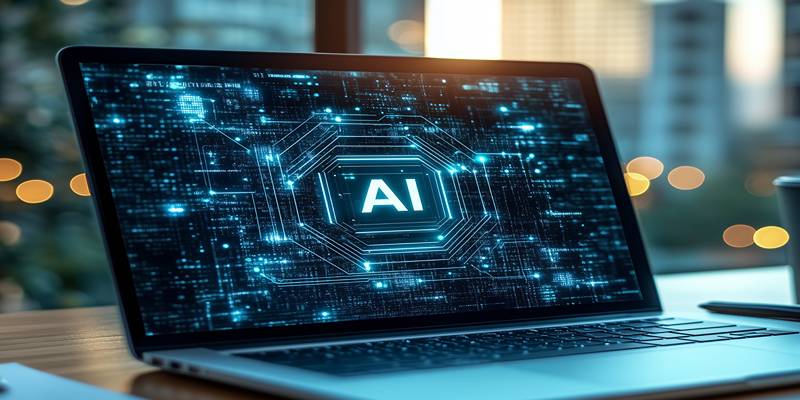The idea of a "digital twin" may sound like something from the future, but it is already having a big effect on many fields. Digital twin technology is now being used by businesses in healthcare, manufacturing, and other fields to improve how they design, monitor, and run real-world systems. This post talks about what a digital twin is, the different kinds that are out there, and how these virtual models are being used in real life around the world.
What Is a Digital Twin?
A digital twin is a virtual copy of a real object, system, or process. It mirrors the physical world by using real-time data, simulations, and software to create a digital version of something that exists in reality. This technology helps people and businesses understand how a system works, detect problems early, and make better decisions without touching the real thing.
In simple terms, think of a digital twin as a living digital model. For example, if a car engine has sensors that send data to a computer, a digital twin can use that data to show how the engine is running. It helps engineers see if anything is going wrong or if something could be improved—without opening the actual engine.
How Digital Twin Technology Works
Digital twin systems operate by collecting data through sensors and devices placed on the physical object or system. This data flows into the digital model, where it is processed using advanced software, analytics, and artificial intelligence (AI).
It creates a feedback loop:
- Data is collected from the physical world
- The digital twin processes and simulates the system
- Insights from the simulation are used to make improvements in the real world
Cloud computing plays a major role, as it allows the digital twin to be accessed from anywhere. Engineers, doctors, or operators can use the digital model in real time, helping them avoid risks, fix issues, or test new ideas virtually before making changes in real life.
Main Types of Digital Twins
Digital twins are not one-size-fits-all. Depending on the purpose, there are several types used in business and industry. These types are based on how complex the system is and what it is meant to represent.
Here’s a breakdown of the most common types:
Component Twins
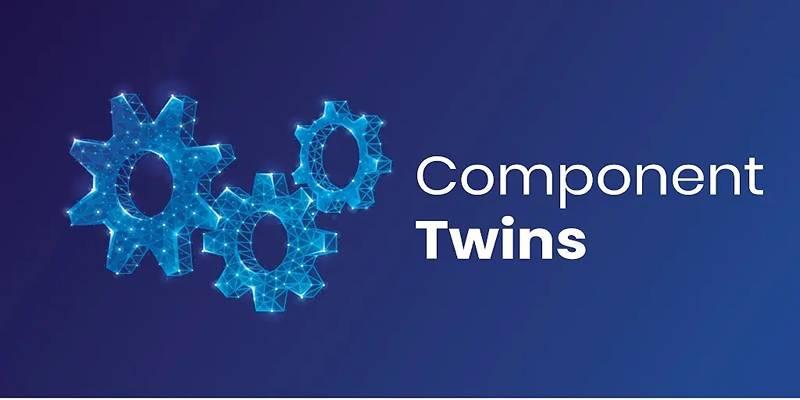
These are the simplest digital twins. They represent just one part of a product or machine, such as a gear, valve, or sensor.
Asset Twins
Asset twins represent an entire object made up of multiple parts. A digital twin of an entire motor or jet engine would fall into this category. A short explanation before the next type can help bridge the context. Asset twins are useful when engineers need to observe how different parts work together, not just on their own.
System Twins
System twins focus on how multiple assets interact. They can represent a production line in a factory or the electrical system in a smart home.
Process Twins
These are the most complex types and simulate complete operations. A process twin can model how an entire hospital handles patients or how an airport moves passengers and luggage. Each type helps in different ways, but all aim to create a smarter, safer, and more efficient way of managing real-world systems.
Practical Uses of Digital Twin Technology
Digital twin technology is now used across a wide range of sectors. Each industry applies it differently depending on its goals, equipment, and processes. The main purpose is usually to improve performance, reduce costs, and make faster, more informed decisions.
Manufacturing
Factories use digital twins to monitor machines, improve production lines, and test product designs before they’re made. The technology helps avoid breakdowns and saves both time and money.
Benefits in manufacturing:
- Predict equipment failure before it happens
- Optimize factory operations
- Reduce maintenance costs and downtime
Healthcare
In healthcare, digital twins help create personalized treatment plans by simulating how a patient’s body might respond to different medicines or procedures.
Key advantages include:
- Simulate surgeries or treatments before performing them
- Track patient recovery in real time
- Improve drug development and testing
Construction and Architecture
Digital twins help builders and architects plan, monitor, and manage large construction projects. They create digital models of buildings and structures to see how they will perform under real conditions.
Common benefits:
- Reduce design mistakes
- Monitor structural health over time
- Increase the energy efficiency of buildings
Smart Cities
Cities are starting to use digital twins to model traffic, pollution, waste, and more. It helps local governments make better choices about infrastructure and services.
Examples of smart city applications:
- Improve traffic flow with live data
- Predict and reduce power consumption
- Plan better emergency responses
Aerospace and Automotive
Companies like airplane and car manufacturers use digital twins to test new designs, plan maintenance, and improve safety.
Benefits include:
- Simulate stress tests without damaging the real vehicle
- Monitor engine health in real time
- Increase safety for pilots and drivers
Benefits of Digital Twins
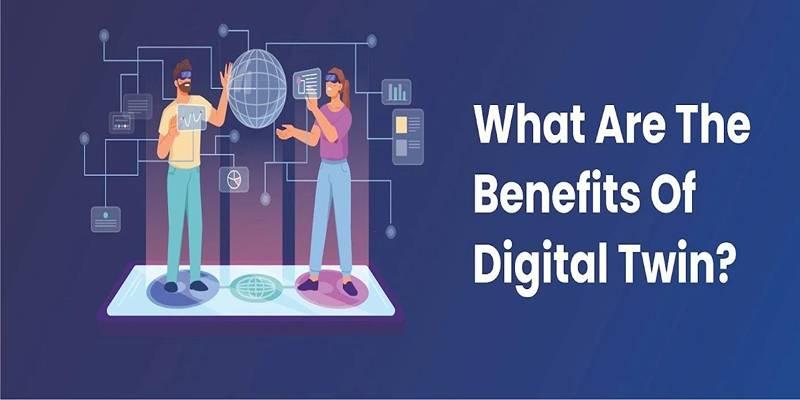
Digital twin technology offers a wide range of benefits, especially for businesses that rely on complex machines or systems.
Here are some key advantages:
- Faster problem-solving: Issues can be found and fixed virtually before they cause real harm
- Lower operational costs: Predictive maintenance saves money
- Smarter decision-making: Real-time data gives managers better control
- Improved product design: Products can be tested virtually before being made
- Remote monitoring: Systems can be managed from anywhere in the world
These advantages explain why more businesses are investing in digital twins to boost efficiency and stay ahead of the competition.
Conclusion
Digital twin technology is changing the way the world operates. By creating real-time virtual models of physical systems, industries can work smarter, safer, and faster. From factories to hospitals, digital twins are solving problems before they happen and helping people make better decisions every day. For businesses, adopting digital twin technology may require investment and planning—but the results can lead to long-term gains in efficiency, safety, and innovation.
